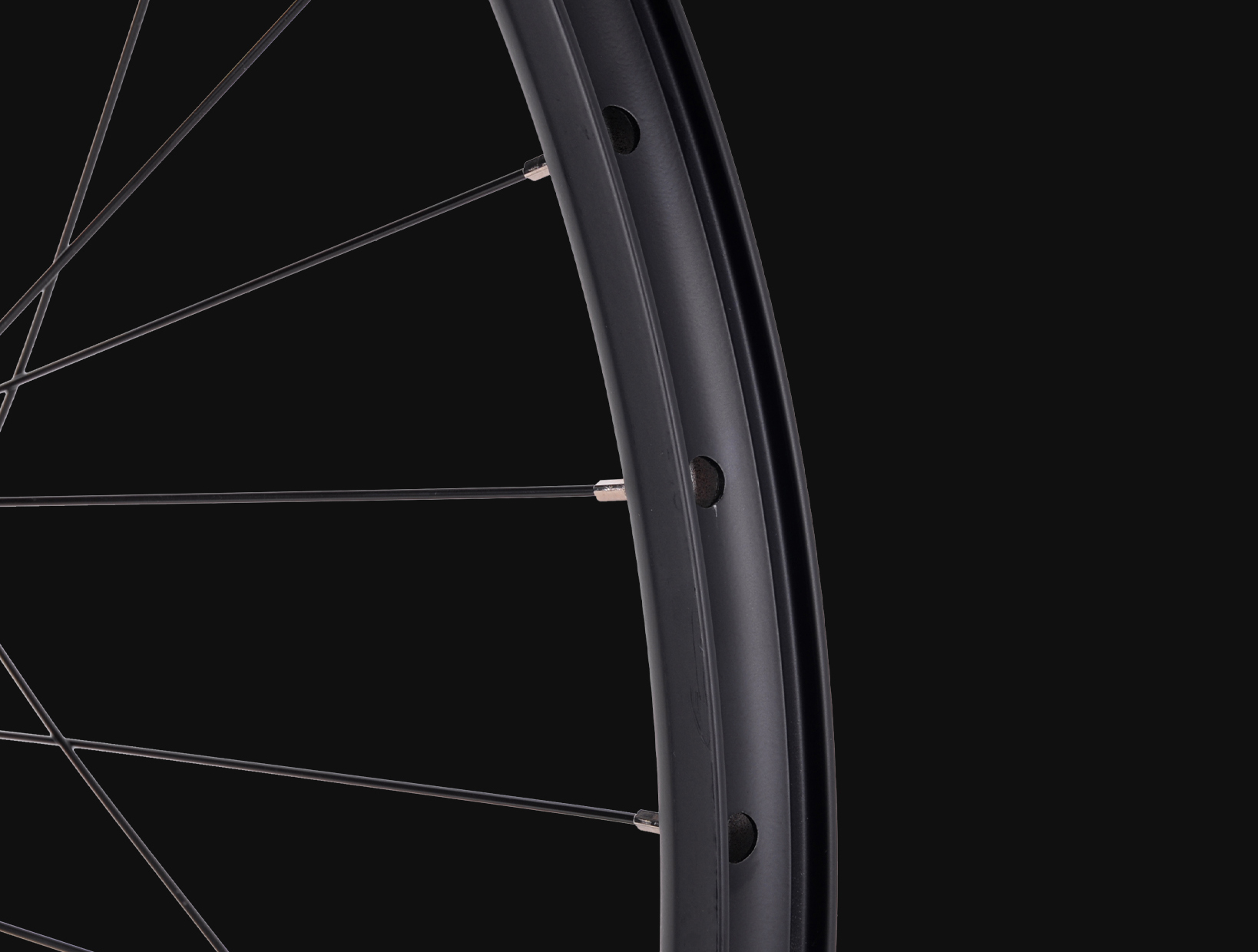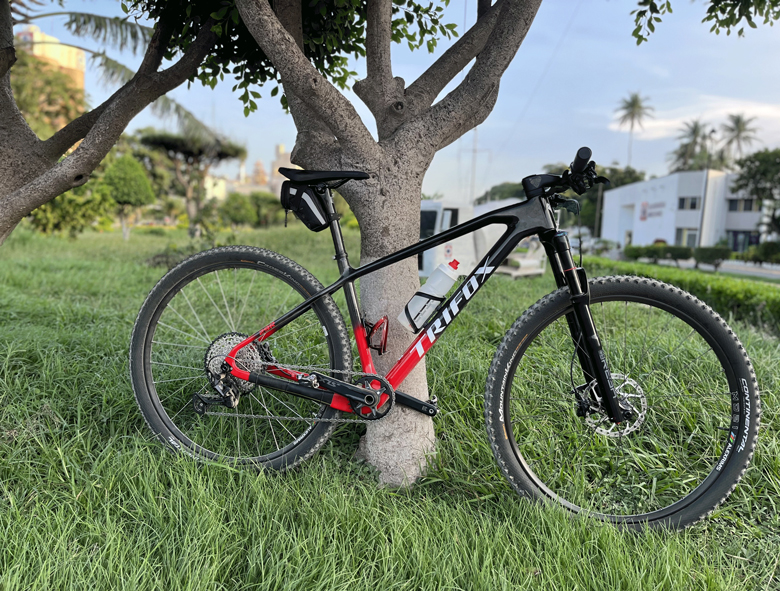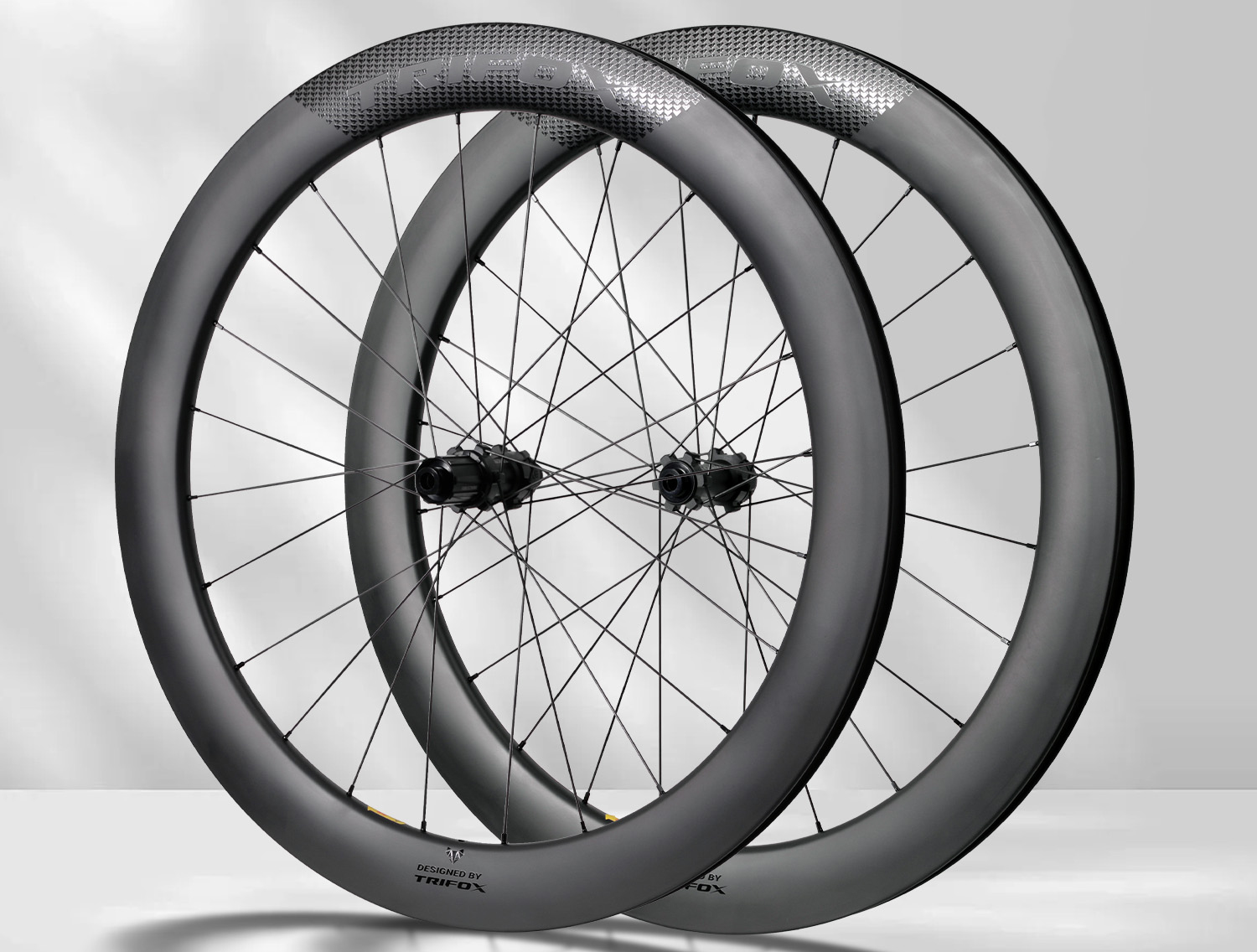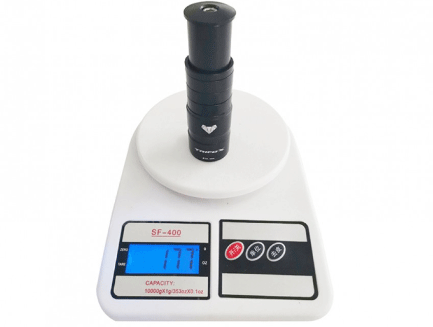A bike stem's function is straightforward—it connects your handlebars to your fork steerer. Sounds simple, right? Well, as with most things in cycling, the devil is in the details. The right bike stem can make a significant difference to your comfort, handling, aerodynamics, and even the overall weight of your bike. In this guide, we'll explore the importance of the bike stem, particularly the lightweight alloy variety, and how to choose and install one that perfectly suits your needs.
Understanding the Role of Your Bike Stem
The stem might just be one of the tiniest components on your bike, but it plays a crucial role in rider comfort and overall performance. It affects how the bike fits and feels, how it steers, and can even influence aerodynamics. For cyclists looking to reduce the overall weight of their bikes, moving to a lightweight alloy stem can be a game-changer.
Types of Stems
There are various types of bike stems on the market, ranging from the traditional quill stems to the newer threadless stems, which have become the standard on most bikes. Within these categories, you have different lengths and angles to choose from, and this diversity means there's a stem for every style of riding.
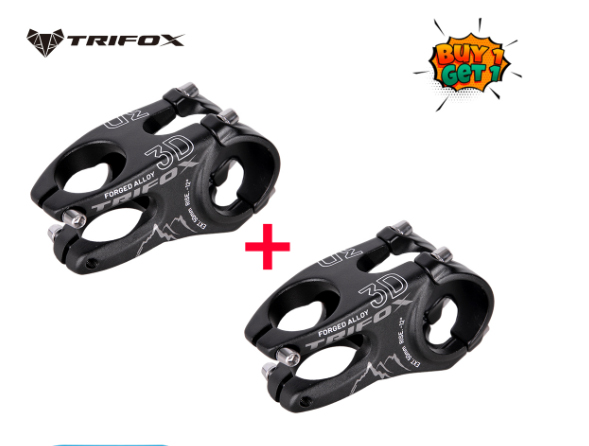
The Lightest Alloy Stems in the Market
When we talk about the lightest stems, alloy stands out as a popular choice. It's known for being both strong and light, which is a perfect combination for cyclists who want to maintain or improve performance without sacrificing durability.
Advantages of a Light Alloy Stem
Light alloy stems are popular for a number of reasons, including:Weight Reduction: The most obvious advantage is the reduction in weight. A lighter stem can contribute to a lighter bike overall, making climbing and acceleration easier.
Rigidity: While being lightweight, alloy stems are rigid, offering a solid connection between your handlebars and the fork. This can improve steering precision, especially when riding at high speeds.
Affordability: Compared to carbon fiber, alloy is generally more affordable, making it a compelling choice for those looking for a performance boost without breaking the bank.
How to Choose the Right Stem for You
Choosing the right stem is a personal decision that depends on a variety of factors, including the type of bike you ride, the type of riding you do, and your own physical dimensions and riding style.
Installing Your Light Alloy Stem
Once you've selected the perfect stem for your bike, it's time to install it. This process can be relatively simple, but precision and attention to detail are key.
Tools and Preparation
Before you begin, make sure you have the correct tools on hand, including Allen keys, torque wrenches, and maybe some carbon assembly paste if your new stem is for a carbon handlebar. It's also a good practice to clean the fork steerer and handlebar's clamping area to ensure a secure grip.
Proper Alignment
Properly aligning your stem is critical. It should be centered over your front wheel and squared with the bike's top tube. Take your time with this step to avoid any quirks in handling that off-center alignment could cause.
Torque to Spec
When tightening your stem bolts, it's essential to use a torque wrench and tighten to the manufacturer's specifications. Over-tightening can damage components and under-tightening puts you at risk of your handlebars slipping when riding.
The Bottom Line: Enhance Your Riding with the Right Alloy Stem
Investing in a high-quality, lightweight alloy stem can be a tremendous performance upgrade for your bike. By considering your riding style, ensuring proper fit, and installing and caring for the stem correctly, you're one step closer to a more comfortable and efficient cycling experience.
Remember that the stem is just one component in the larger picture of your bike's fit and setup. It's worth considering a professional bike fit if you're in doubt, as a properly fit bike is crucial for both comfort and performance. Happy cycling!
In summary, the choice of a stem might be small in size, but its impact on your cycling experience can be quite significant. Taking the time to research, select, and install the right alloy stem for your needs can lead to a more comfortable ride and potentially even better race results.
It's all about finding that perfect balance between performance and comfort, and a great alloy stem can be the perfect upgrade to help you achieve it.






























































